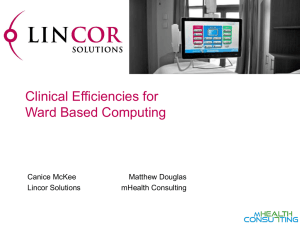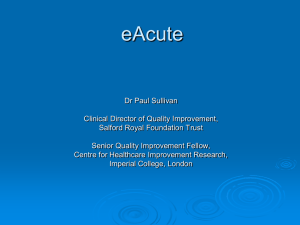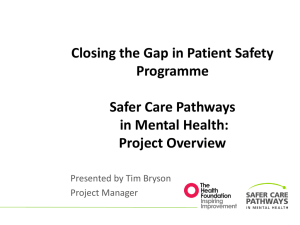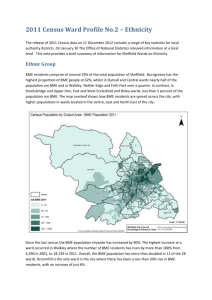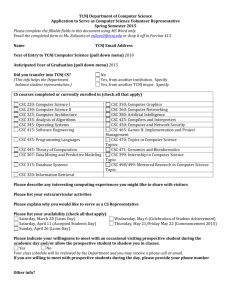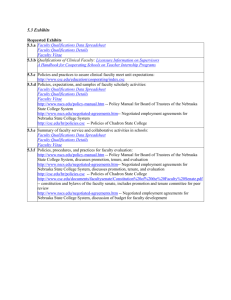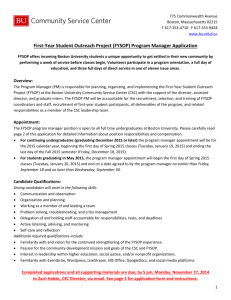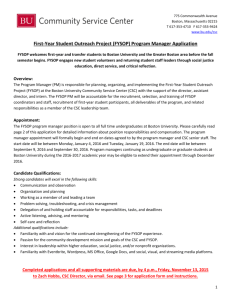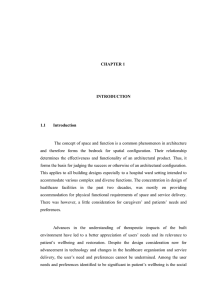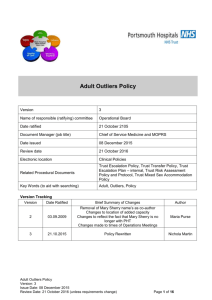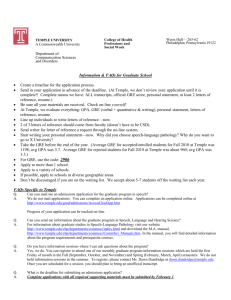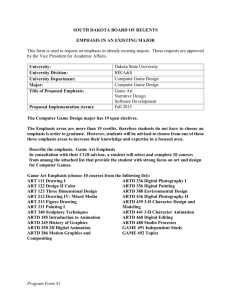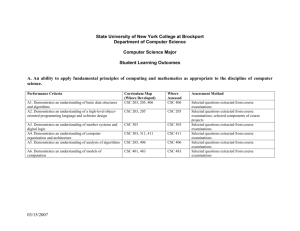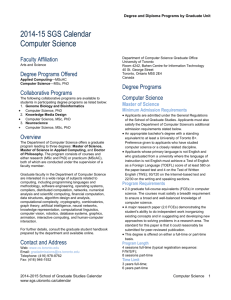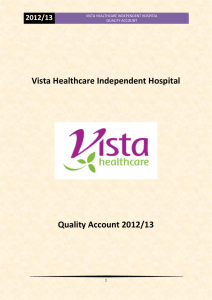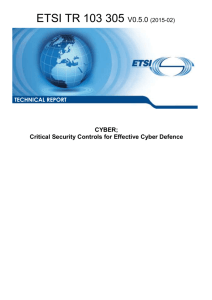Patient Flow Detailed Service Description Why Act? As important as
advertisement
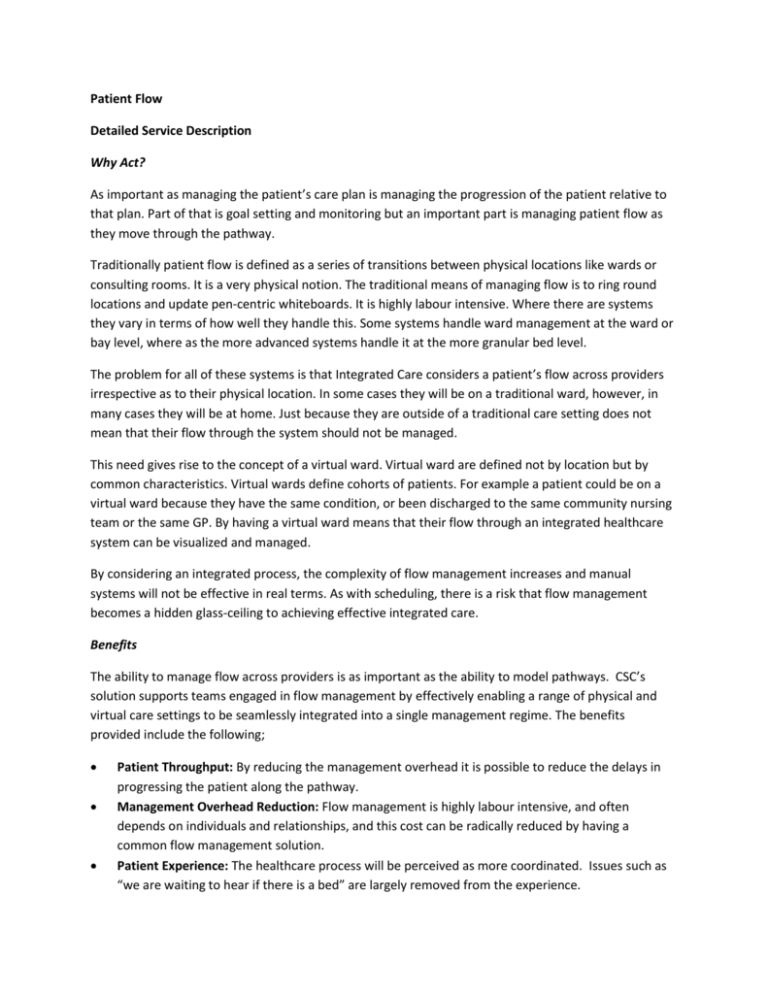
Patient Flow Detailed Service Description Why Act? As important as managing the patient’s care plan is managing the progression of the patient relative to that plan. Part of that is goal setting and monitoring but an important part is managing patient flow as they move through the pathway. Traditionally patient flow is defined as a series of transitions between physical locations like wards or consulting rooms. It is a very physical notion. The traditional means of managing flow is to ring round locations and update pen-centric whiteboards. It is highly labour intensive. Where there are systems they vary in terms of how well they handle this. Some systems handle ward management at the ward or bay level, where as the more advanced systems handle it at the more granular bed level. The problem for all of these systems is that Integrated Care considers a patient’s flow across providers irrespective as to their physical location. In some cases they will be on a traditional ward, however, in many cases they will be at home. Just because they are outside of a traditional care setting does not mean that their flow through the system should not be managed. This need gives rise to the concept of a virtual ward. Virtual ward are defined not by location but by common characteristics. Virtual wards define cohorts of patients. For example a patient could be on a virtual ward because they have the same condition, or been discharged to the same community nursing team or the same GP. By having a virtual ward means that their flow through an integrated healthcare system can be visualized and managed. By considering an integrated process, the complexity of flow management increases and manual systems will not be effective in real terms. As with scheduling, there is a risk that flow management becomes a hidden glass-ceiling to achieving effective integrated care. Benefits The ability to manage flow across providers is as important as the ability to model pathways. CSC’s solution supports teams engaged in flow management by effectively enabling a range of physical and virtual care settings to be seamlessly integrated into a single management regime. The benefits provided include the following; Patient Throughput: By reducing the management overhead it is possible to reduce the delays in progressing the patient along the pathway. Management Overhead Reduction: Flow management is highly labour intensive, and often depends on individuals and relationships, and this cost can be radically reduced by having a common flow management solution. Patient Experience: The healthcare process will be perceived as more coordinated. Issues such as “we are waiting to hear if there is a bed” are largely removed from the experience. How does it Work CSC’s solution works by visually integrating the patient flow across physical and virtual care settings. In this way a truly integrated care process can be modeled and managed seamlessly. The solution is designed to be used across a range of patient flow management settings including eWhiteboards and PC’s. The solution can also be used on appropriate tablet devices to enable mobile ward managers and senior nursing staff to be fully mobile. As well as “on the ground” flow managers, the solution also supports centralized flow management teams such as CSC’s Patient Coordinator Business Process Service. The solution does not replace the traditional patient administration system. Rather the solution is designed to interface by open standards (HL7) via the use of admission, discharge and transfer messages. In the cases where the flow is being managed within a physical care setting then a range of scenarios can be covered. For example beds or rooms might be closed for cleaning or have been previously reserved. This information is difficult to maintain without some form of electronic system. The CSC solution then extends flow management out to providing patient status at a glance. Typically the same people who engage in bed management will also be “watching the board”. Our solution combines a view of patients in the flow with their current status. In addition alerting can be configured based on business rules to help ensure the correct execution of standardized processes. This improves both the patient experience and patient safety. Again, these benefits are not just at the provider level, they also come through between provided working in an integrated manner. Results The overall result of the CSC solution is to increase patient flow through the process while reducing management overhead while also benefiting the patient experience. The patient’s flow along the pathway is well managed and consistently executed. Why CSC? CSC’s Healthcare Group – which serves healthcare providers, heath plans, pharmaceutical and medical device manufacturers, and allied industries around the world – is a global leader in transforming the healthcare industry through the effective use of information to improve outcomes, decision making and operating efficiency. From supporting local general practitioner surgeries to large hospital trusts, we’ve been working with the NHS for years, delivering both tactical projects and strategic programmes. In the last 10 years we have developed, implemented and continue to support over 1800 solutions.


